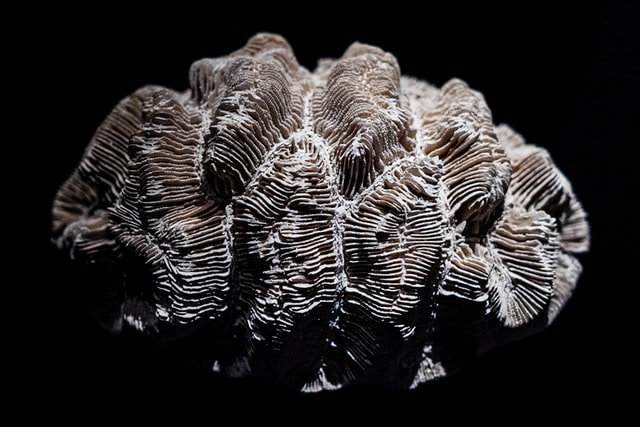Numenta co-founder Jeff Hawkins tells CNET’s Now What how we can really put the “I” in AI.

The artificial intelligence or “AI” label is slapped on almost anything electronic these days, from “smart” toothbrushes to cancer-curing supercomputers. If you’re like me you’ve become jaded by the AI rubric, realizing we’re still a long way from true intelligence in machines. Now what?

Jeff Hawkins is co-founder of machine intelligence company Numenta and author of a new book “A Thousand Brains: A New Theory of Intelligence” that offers a theory of what’s missing in current AI. I don’t normally do author interviews, but Jeff has a history of knowing where things are going in tech, including, in my opinion, being a primary developer of the modern smartphone at Handspring and Palm.
Hawkins’ book takes pains to explain how the neocortex — the large, convoluted outer layer of the human brain — uses “reference frames” of perception, thousands of which create our understanding of everything from the shape of a simple object to the nature of a complex concept like mathematics. “Everything you learn or see, every piece of information you have is stored in these reference frames, almost like CAD models,” says Hawkins.A Thousand Brains: A New Theory of Intelligence
Another brain technique to which Hawkins attributes human intelligence is “voting” across these reference frames to create models that perceive, predict, and, critically, imagine new states of concepts or objects. “The ‘thousands brains’ theory is that there are thousands of these models and they are all built on reference frames,” says Hawkins, drawing a distinction between human perception and simpler machine computation. “This is going to be the foundation for how we build truly intelligent machines.”